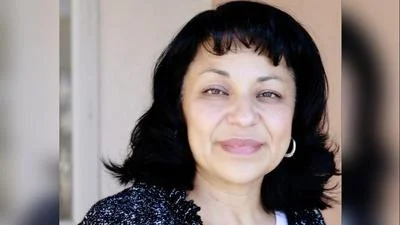Senator Gerald Ortiz y Pino | https://www.nmlegis.gov/members/Legislator?SponCode=SORTI
A team of experts gathered for the first time under Senate Memorial 30 to study the feasibility of providing health coverage to patients with brain injuries and tracking relevant statistics.
State Sen. Gerald Ortiz y Pino, D-Albuquerque, acknowledged the urgent appeals from constituents who have suffered traumatic brain injuries, emphasizing the need for action according to Santa Fe New Mexican.
“So many constituents who have suffered traumatic brain injuries over the years have been urging us, begging us to do something" Ortiz said.
In accordance with Senate Memorial 30, a measure passed during this year's legislative session, a team of experts, including medical professionals, psychologists, school specialists, insurance providers and other stakeholders, will convene for the first time to conduct studies on the feasibility of offering health coverage to patients with brain injuries and tracking relevant statistics. Pino, chair of the Legislative Health and Public Affairs Committee, revealed that he initiated SM 30 in response to the insufficient medical care available to individuals with traumatic brain injuries according to Santa Fe New Mexican.
“Patients report seven to 10 years or longer with no treatment, no care, no support, no help, no information,” Margot Feldvebel, president of the nonprofit Brain Injury Alliance of New Mexico, said according to Santa Fe New Mexican. “They repeatedly state needs for housing programs, case management and medical care that is beyond the scope of primary care physicians, who are largely not educated about brain injuries, so they do not refer patients.”
SM 30 reveals the need for ongoing medical treatment for over 100,000 adults in New Mexico with brain injuries. Advocates estimate that the total number of individuals, including children and teenagers, living with brain injuries exceeds 360,000 in the state, although the lack of a tracking system makes it an estimate, says Margot Feldvebel, president of the nonprofit Brain Injury Alliance of New Mexico, according to Santa Fe New Mexican.
“We suspect there are many more because it’s not counting stroke, carbon monoxide poisoning, people who have had surgery,” Feldvebel said “It’s a very, very big problem that is not understood, not recognized, not diagnosed, not treated, not cared for.”
She went on to say that she felt New Mexico did not have enough treatment for brain injuries.
“What we lack in New Mexico is a robust continuum of care for brain injury,” Feldvebel continued. “I hear this every day of the week, and it breaks my heart how many people there are who need help and have no guidance and oftentimes no diagnosis.”
Ortiz echoed a similar sentiment.
“It just shows the extent to which we’ve neglected this,” Ortiz said according to Santa Fe New Mexican.
Doctors feel that this is a step in the right direction.
“Even if [primary care doctors] could identify issues, it’s often difficult to find who to refer them to. This is an opportunity to advance medicine across the board,” Dr. William Austin Davis, a newly appointed, board-certified physical medicine and rehabilitation specialist said according to Santa Fe New Mexican. “We’ve made a lot of progress. We rounded up the trauma team to include once-a-week meetings.”
Officials are glad that someone finally listened to them on this issue.
“It was pretty remarkable the day we were finally able to get heard,” Feldvebel said.









